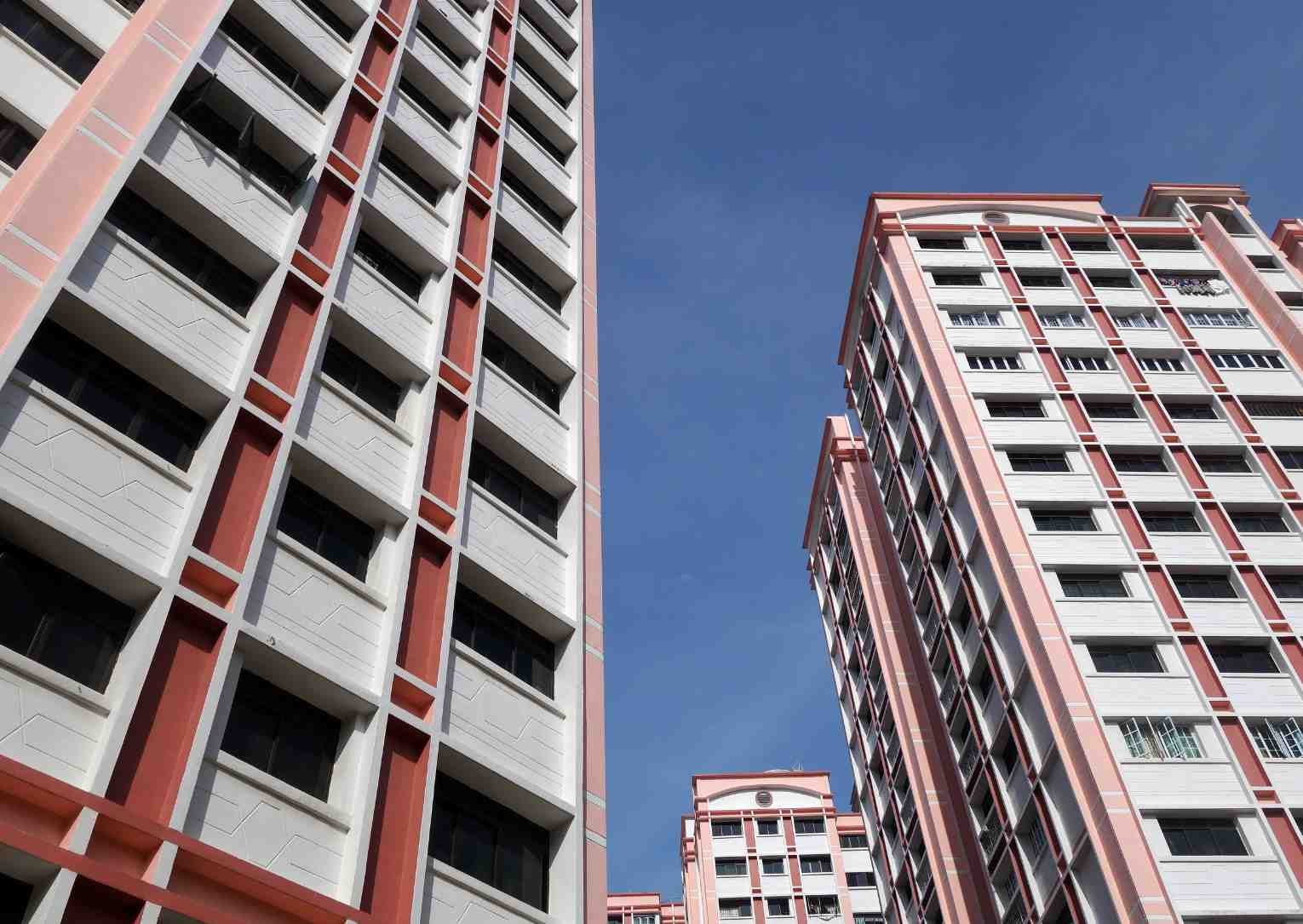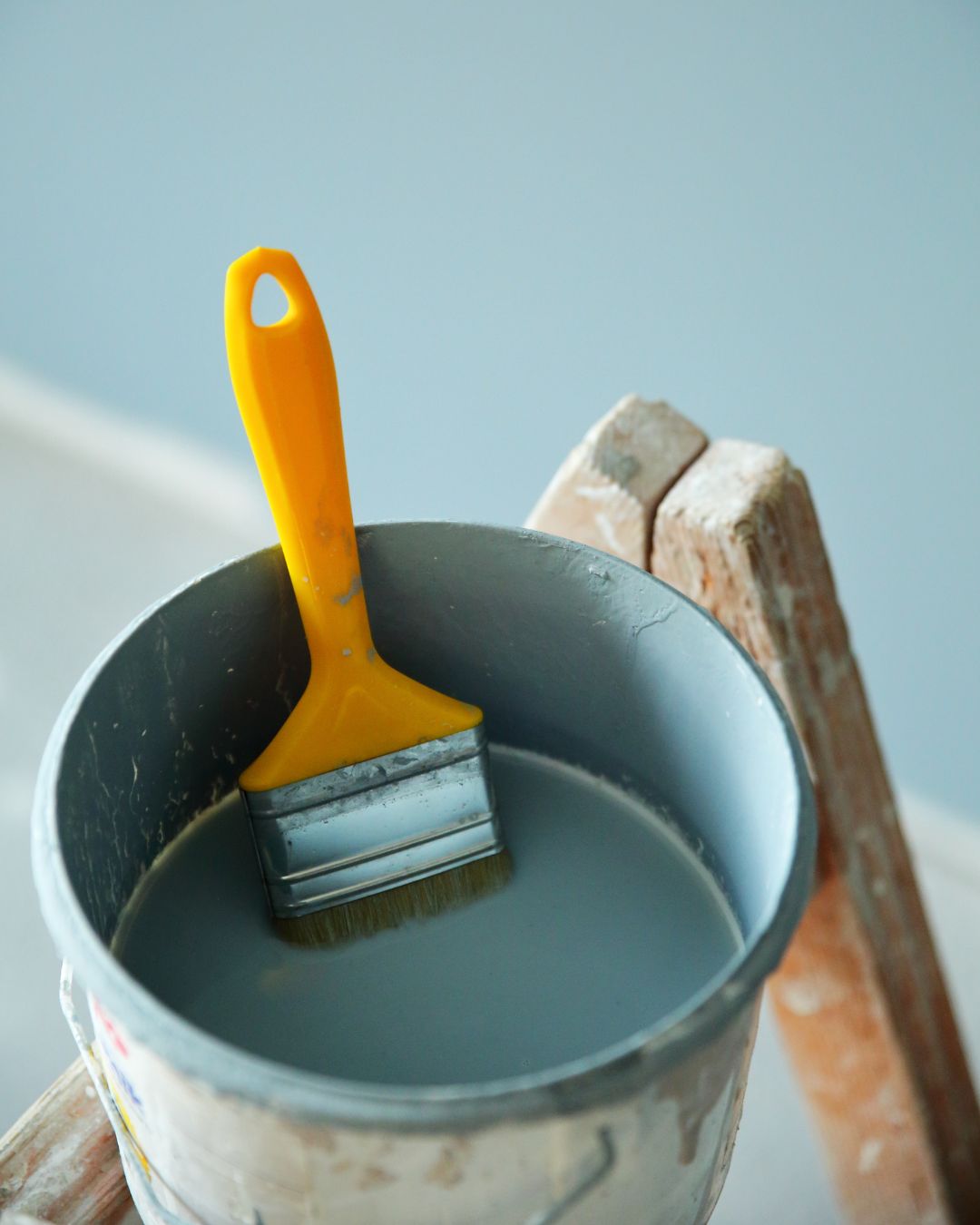How To Get Rid Of Mould On Walls Permanently
Introduction to Mould
-
Mould is a common problem in homes, causing health problems and damage to the wall and other surfaces— it is essential to know how to remove mould from the wall permanently to prevent further issues. It can lead to respiratory issues, allergic reactions, and significant property damage if left untreated.
-
Understanding the causes of mould growth, such as excess moisture and poor ventilation, is crucial in preventing mould infestations in your home. Mould on walls, ceilings, and other surfaces is often the result of persistent dampness, and the best way to prevent or remove it is to address these underlying issues promptly.
-
Mould can be found in various areas of the home, including the bathroom, kitchen, and basement. The bathroom is a particularly common site for mould due to high humidity and frequent moisture; it is important to ensure proper ventilation and use specialized products designed for bathroom mould prevention and removal. Mould on bathroom walls and ceilings should be treated with care to prevent recurrence.
-
To get rid of mould, it is essential to address the root causes of damp and moisture build-up in your home. When cleaning, always apply cleaning solutions with a cloth or brush to the affected area, and wear appropriate protective gear to the task for safety.
-
Homeowners can take steps to prevent mould growth by improving ventilation, reducing moisture, and using mould-resistant products to the affected areas. Severe infestations may require cleaning multiple times to fully remove mould. Mold is the American spelling of mould, and professional mold inspection and remediation services are available for persistent or widespread problems.
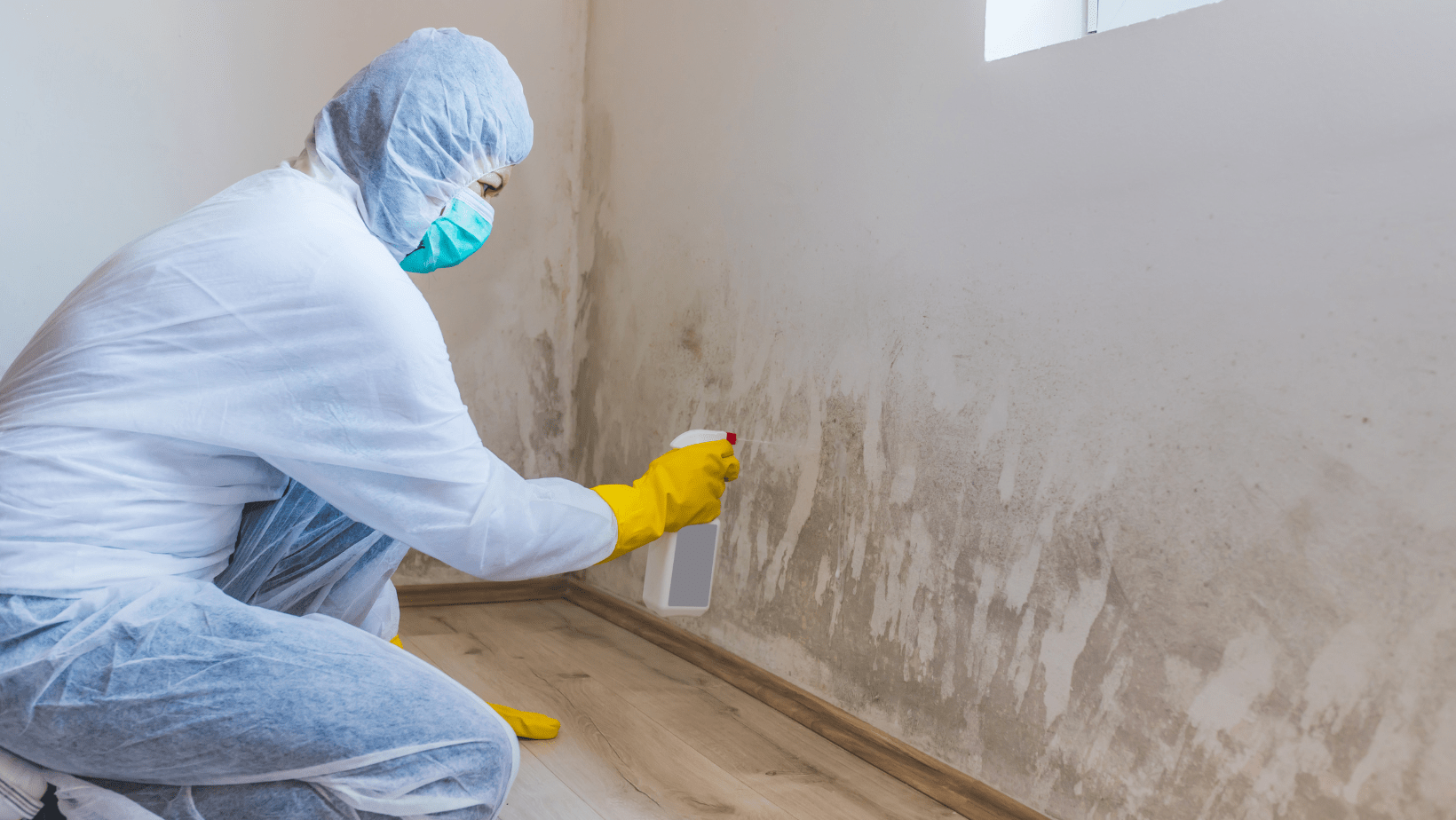
Understanding Black Mould
Black mould is a type of mould that can cause severe health problems, including respiratory issues and allergic reactions – it is essential to remove black mould promptly. It can also lead to significant property damage if left untreated, affecting the structure and surfaces of your home.
Black mould can be identified by its dark color and slimy texture, and is often found as mould on walls or ceilings, especially in areas with high moisture levels such as bathrooms and kitchens. Black mould is commonly seen on the wall or wall surfaces where condensation or leaks occur.
To remove black mould, it is essential to use the right cleaning products and techniques, such as wearing gloves and a mask, and ventilating the area to the affected area. Clean the mould with a scrub brush or cloth to ensure thorough removal. The best way to remove black mould is to use a specialized mould remover and follow up with a mould-resistant paint to protect the wall from future growth.
Severe black mould infestations may require cleaning several times to fully remove it. In some cases, professional mold remediation may be necessary, especially for extensive or persistent problems—note that ‘mold’ is the American spelling of ‘mould’.
Black mould can be a sign of a larger problem, such as a leak or water damage, and should be addressed promptly to prevent further damage.
If you have black mould in your home, it is essential to take action quickly to prevent health risks and further damage.
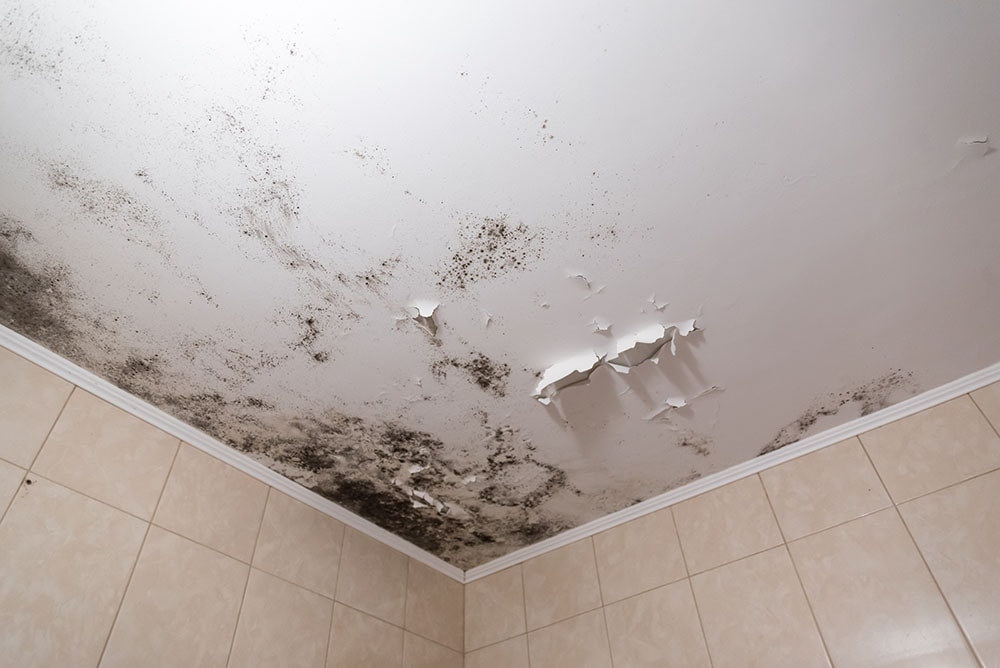
Preparing for Cleaning Mould
-
Before cleaning mould, it is essential to prepare the area by wearing protective gear, such as gloves and a mask, and ventilating the room by keeping windows open to ensure proper airflow.
-
Cleaning mould can release mould spores into the air, making it essential to take precautions to the task to prevent exposure.
-
It is also essential to identify the type of mould and the extent of the infestation before starting the cleaning process.
-
Homeowners should also consider hiring a professional mould removal company if the infestation is severe or widespread.
-
To clean mould effectively, you need to have the right cleaning products and equipment, such as a spray bottle with a cleaning solution and a scrub brush.
Effective Solutions to Get Rid of Mould
The best way to remove mould on walls and other surfaces is to use effective cleaning solutions and address the underlying moisture issues.
There are various effective solutions to get rid of mould, including using bleach, vinegar, and tea tree oil.
Bleach can be used to kill mould, but it should be used with caution and in a well-ventilated area. Apply bleach to the affected area on the wall for best results.
Vinegar is a natural and non-toxic solution that can be used to remove mould, and can be applied with a spray bottle directly to the wall.
Tea tree oil has antifungal properties and can be used to prevent mould growth, and can be added to cleaning products for extra protection.
To get rid of mould, it is essential to use the right cleaning products and techniques, and to apply them to the wall or other affected surfaces. Make sure to address the root causes of damp and moisture build-up.
Treating mould on the wall and other surfaces is important to prevent its recurrence. For severe infestations, you may need to repeat the cleaning process several times to the affected areas to ensure all mould is removed.
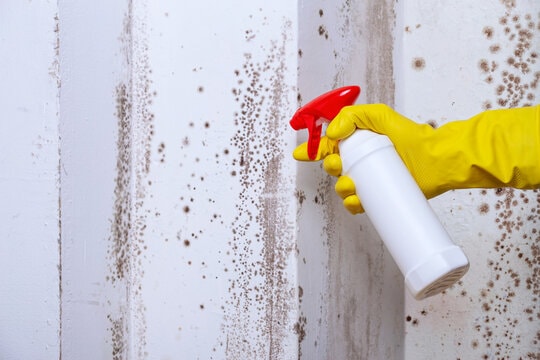
Health Risks Associated with Mould
Mould can pose significant health risks, including respiratory problems, allergic reactions, and infections; it can also lead to more severe complications for some individuals.
People with weakened immune systems, such as the elderly and young children, are particularly vulnerable to mould-related health problems, especially to the respiratory system.
Mold, the alternative spelling of mould, can also cause health problems when exposure occurs.
It is essential to remove mould promptly and take steps to prevent mould growth to protect your health.
Homeowners should also be aware of the signs of mould exposure, such as coughing, sneezing, and skin irritation.
If you suspect that you have a mould problem, it is essential to take action quickly to prevent health risks.
Safe Treatment and Removal
-
Safe treatment and removal of mould require careful planning and execution.
-
Homeowners should wear protective gear, such as gloves and a mask, and ventilate the area to the affected area to prevent exposure to mould spores.
-
It is also essential to use the right cleaning products and techniques, such as using a spray bottle and cleaning with a scrub brush on the wall.
-
Treating mould on walls and other surfaces is important, as mould on these areas is often caused by excess moisture or poor ventilation and can return if not properly addressed.
-
Severe infestations may require cleaning the wall or other surfaces several times to fully remove the mould.
-
If the infestation is severe or widespread, it is recommended to hire a professional mould removal company, as professional mold remediation may be necessary for persistent or extensive mold problems.
-
To remove mould safely, you need to follow the right procedures and take precautions to prevent exposure.
Mould Removal Methods
The best way to remove mould is to use a method that targets the affected wall or surface directly and prevents recurrence.
There are various mould removal methods, including DIY methods and professional removal. DIY methods can be effective for small infestations, such as cleaning mould on the wall with a scrub brush and a suitable cleaning solution. However, for larger or more severe infestations, you may need to clean the area several times to ensure all mould is removed.
Professional mould removal companies have the expertise and equipment to safely and effectively remove mould, applying specialized treatments to the affected area. In some cases, professional mold remediation may be necessary, especially when dealing with persistent or hidden mold.
It is important to address mould on walls, ceilings, and other surfaces by identifying and fixing underlying moisture problems to prevent mould from returning. Homeowners should consider hiring a professional if the infestation is severe or widespread, or if they are unsure of how to remove the mould.
To remove mould effectively, you need to choose the right method for treating the wall or other surfaces and take precautions to prevent exposure.
DIY Mould Removal
-
DIY mould removal can be a cost-effective and efficient way to remove small mould infestations, especially when dealing with mould on walls, ceilings, or other surfaces.
-
However, it is essential to take precautions to prevent exposure to mould spores and to use the right cleaning products and techniques, including wearing protective gear to the affected area.
-
Homeowners should also be aware of the limitations of DIY mould removal and consider hiring a professional if the infestation is severe or widespread, as professional mold remediation may be necessary for persistent or extensive mold problems.
-
To remove mould using DIY methods, you need to have the right equipment and cleaning products, and follow the right procedures, such as scrubbing the wall with a scrub brush and applying cleaning solutions directly to the wall.
-
If you want to remove mould yourself, you need to be careful and take precautions to prevent exposure. Treating mould on the wall or other surfaces may require cleaning several times to ensure complete removal and prevent recurrence.
Addressing Root Causes of Damp
To effectively get rid of mould in your home, it’s essential to tackle the underlying causes of dampness. Mould growth thrives in environments where moisture can build up, so identifying and addressing these issues is key to keeping your home mould-free. Start by checking for common sources of moisture, such as leaks around windows, roofs, or pipes. Improving ventilation in your home, especially in areas like bathrooms and kitchens, can make a significant difference. Open windows regularly to allow fresh air to circulate, and use extraction fans during activities that produce steam, such as cooking or showering. If you notice persistent damp patches or condensation, consider using a dehumidifier to reduce moisture levels. By taking these proactive steps, you can prevent the build up of moisture and get rid of mould before it becomes a bigger problem in your home.
Preventing Mould Regrowth
Preventing mould regrowth is just as important as removing it in the first place. To keep your home free from mould, you need to focus on reducing moisture and improving airflow throughout your living spaces. Applying anti-mould paint to walls and ceilings in areas prone to damp, such as bathrooms and kitchens, is a highly effective way to stop mould from returning. You can also use natural solutions like tea tree oil, which is known for its antifungal properties and can help prevent mould growth in your home. Make sure to regularly check for signs of moisture build up and address any issues promptly. By maintaining good ventilation and using preventative products, you can significantly reduce the risk of mould regrowth and keep your home healthy and safe.
Professional Mould Removal
In cases where mould infestations are severe or widespread, professional mould removal is often the best solution. A professional mould removal company has the expertise and equipment needed to get rid of mould thoroughly and safely in your home. They will assess the extent of the mould growth, including any hidden areas, and use specialized techniques to remove all traces of mould. Professional services typically include inspection, containment, removal, and sanitizing of affected areas to prevent future mould growth. If you have a persistent mould problem or are concerned about health risks, it’s wise to contact a professional mould removal company. Their comprehensive approach ensures that your home is not only free of mould but also protected against future infestations, giving you peace of mind that your home is safe and healthy.
Conclusion
Removing mould from your home can be challenging, but knowing how to remove mould effectively is essential for your health and wellbeing. By addressing the root causes of damp, using the right cleaning methods, and taking steps to prevent mould regrowth, you can get rid of mould and keep your home safe. Always prioritize your health and safety when removing mould, and don’t hesitate to seek professional help if you have a severe infestation or are unsure how to proceed. With the guidance in this article, you can confidently get rid of mould in your home and reduce the health risks associated with mould and damp. Regular maintenance, such as using anti-mould paint and improving ventilation, will help you maintain a healthy, mould-free home for you and your family.
Related Articles
Get Your FREE
Quotation Now!
Phone
+6587480535


